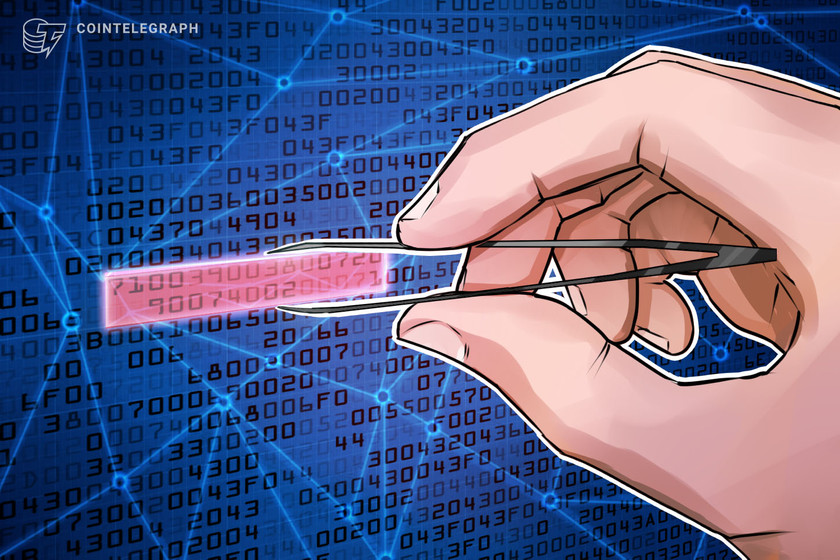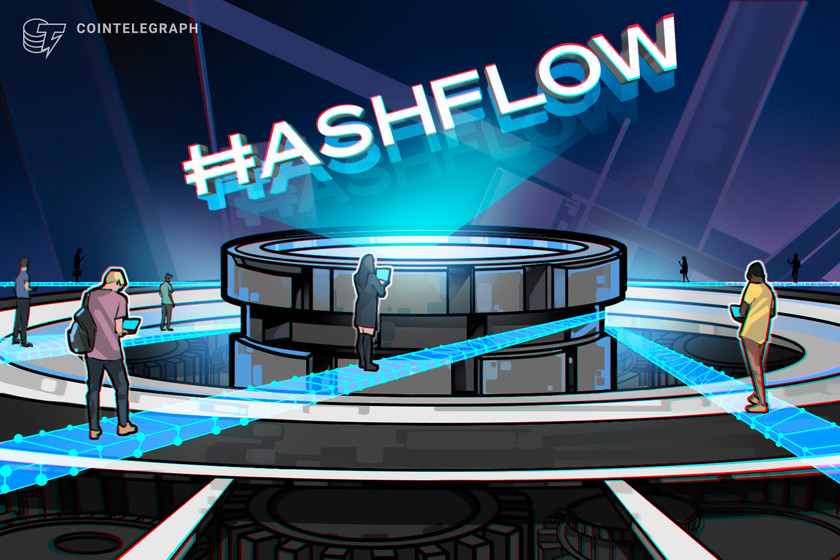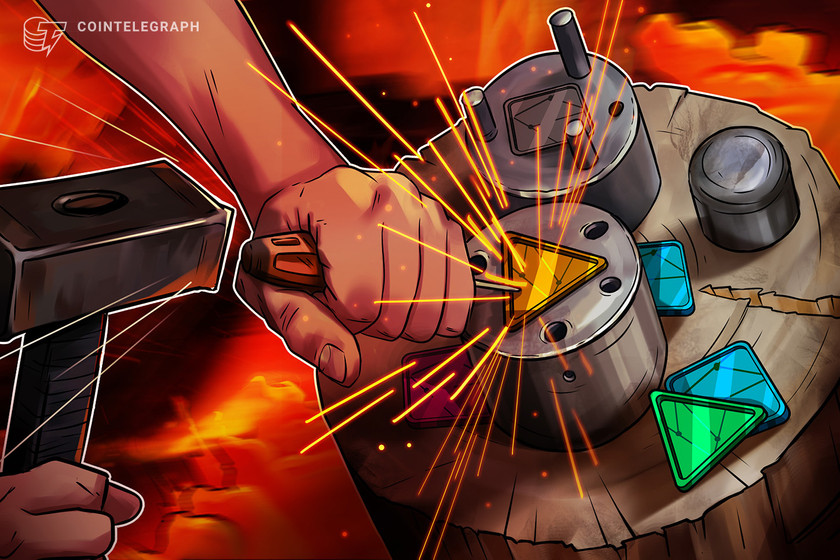a16z votes against proposal to deploy Uniswap v3 on BNB Chain


The venture firm used its 15 million UNI holding to vote against the deployment using the Wormhole bridge.
Venture capital firm Andreessen Horowitz (a16z) voted against a final proposal to deploy Uniswap v3 on the BNB Chain using the Wormhole bridge, the Uniswap DAO forum shows.
The governance proposal to deploy the latest Uniswap iteration on the BNB Chain was submitted on Feb. 2 by 0xPlasma Labs on behalf of the Uniswap Community, after it passed a temperature check with 20 million (80.28%) votes for yes, and 4.9 million (19.72%) votes for no. On Feb. 5, the venture firm used its 15 million UNI holding to vote against the move.
At the time of publication, only 3% of UNI tokens had cast a vote, resulting in 23.4 million votes. The voting period is scheduled to end on Feb. 10.


Behind the disagreement is the cross-chain bridge chosen for the deployment. The proposal uses the Wormhole bridge, while a16z supports the use of LayerZero as the interoperability protocol.
Partners of the venture firm expressed their intention to vote for LayerZero as the deployment bridge during the temperature check. Eddy Lazzarin, head of engineering at a16z, commented in the proposal discussion on Jan. 31:
“To be totally unambiguous, we at a16z would have voted 15m tokens toward LayerZero if we were technically able to. And we will be able in future Snapshot votes. So, for the purposes of a “temperature check”, please count us this way.”
In the proposal, 0xPlasma Labs notes that stakeholders within the Uniswap ecosystem “have expressed a desire to see trust-minimized bridges used for governance for the new Uniswap v3 deployment on BNB Chain.”
Based on technical assessments of four bridges and “a very complex discussion and voting on the Snapshot, the community chose the Wormhole bridge for the Uniswap v3 deployment on BNB Chain,” notes the proposal. The second position was held by the LayerZero team, with 17 million votes.
In 2022, the Wormhole protocol suffered one of the largest exploits targeting bridges, resulting in the loss of 120,000 Wrapped Ether (wETH) tokens, worth $321 million at the time. An attacker found a vulnerability in the protocol’s smart contract and was able to mint 120,000 wETH on Solana without collateral before swapping it for ETH
LayerZero Labs is part of a16z venture’s portfolio. In March, the protocol dedicated to omnichain decentralized applications raised $135 million in a funding round led by a16z and Sequoia, among other investors, earning unicorn status with a $1 billion valuation.





























